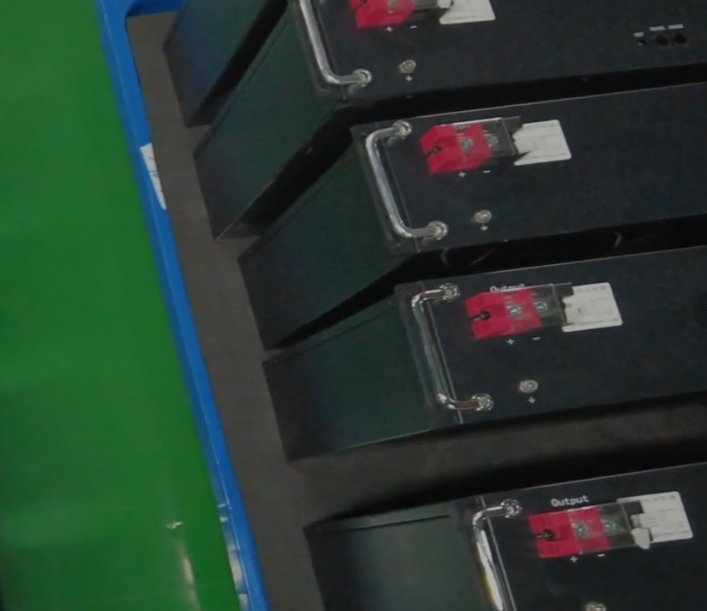The charging voltage of a 12-volt lead-acid battery is a critical parameter in the use of the battery. The correct charging voltage ensures that the battery is fully charged, while avoiding damage to the battery caused by overcharging or undercharging. Below, we will discuss in detail how to view and understand the charging voltage of 12 volt lead acid batteries. First, we need to understand the basic construction and working principle of a 12 volt lead acid battery. This type of battery usually consists of multiple single-cell lead-acid batteries connected in series, with each single cell having a nominal voltage of 2 volts. Thus, an entire 12-volt lead-acid battery is made up of six such single-cell batteries connected in series. During the charging process, the chemical reaction inside the battery will lead to changes in voltage, and we need to measure these changes to determine the state of charge of the battery.
In practice, checking the charging voltage of a 12-volt lead-acid battery usually requires the use of a specialized voltmeter or battery tester. These devices can accurately measure the voltage value of the battery and help us determine whether the battery is fully charged or needs to continue charging. During the measurement process, we need to pay attention to some key points. First, make sure the voltmeter or tester is properly connected to the positive and negative terminals of the battery to avoid measurement errors. Secondly, it is necessary to make several measurements during the battery charging process to observe the trend of voltage change. Usually, when the charging voltage of the battery is close to or reaches its nominal voltage, the battery can be considered fully charged.
12 Volt Lead Acid Battery is a common type of battery that is widely used in a variety of applications, such as automotive, UPS power supply, solar energy storage, and so on. Understanding how to properly view the charging voltage of a 12-volt lead-acid battery is critical to the life and performance of the battery.
Charge voltage is the voltage level provided to a battery when connecting power to it. For a 12 volt lead acid battery, the typical charge voltage should be between 13.5 volts and 14.8 volts. A charging voltage that is too high or too low will have an adverse effect on the battery.
To check the charging voltage of a 12-volt lead-acid battery, you first need to use a voltmeter or multimeter. Connect the positive and negative terminals of the voltmeter to the positive and negative terminals of the battery in turn to read the current voltage of the battery. When charging, make sure the voltage output from the charger meets the charging requirements of the battery.

Correct charging voltage can ensure the best charging effect of the battery, avoiding over-charging or under-charging which may cause battery performance degradation or even damage. Regularly checking and adjusting the charging voltage can prolong the service life of lead-acid batteries and improve the stability and reliability of the equipment.
We also need to pay attention to the safety of the battery charging process. Lead-acid batteries produce hydrogen and oxygen during charging, and these gases may cause an explosion in a closed environment. Therefore, make sure the battery is in a well-ventilated environment during the charging process and avoid any operation that may cause sparks or high temperatures. In summary, checking the charging voltage of a 12 volt lead acid battery is a process that needs to be approached with caution. By using a voltmeter or battery tester correctly and paying attention to the trend of voltage changes, we can ensure that the battery is fully charged while avoiding damage to the battery.